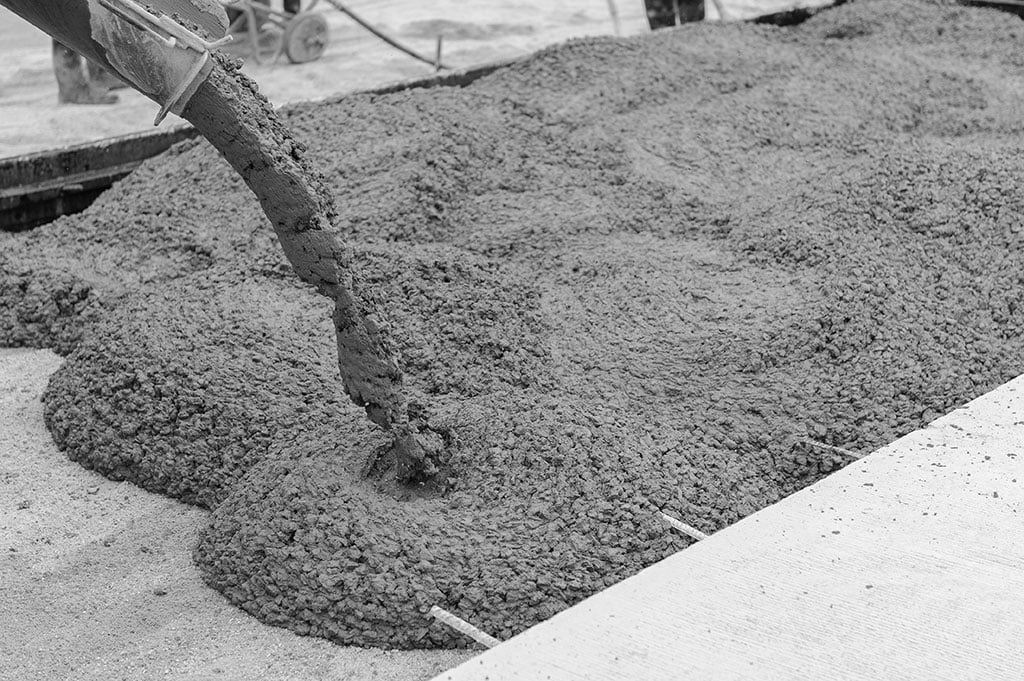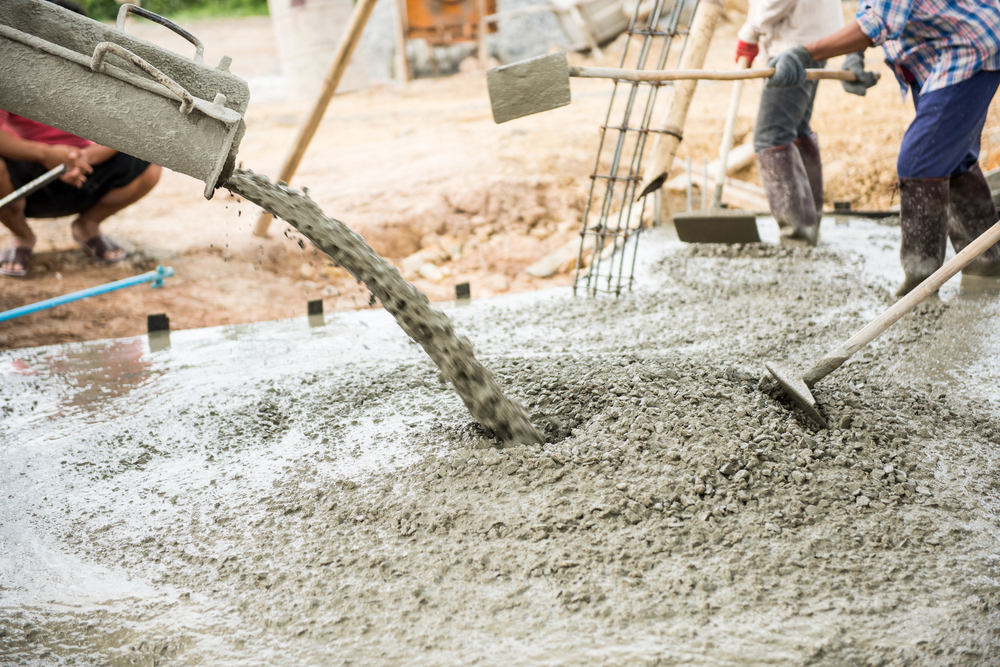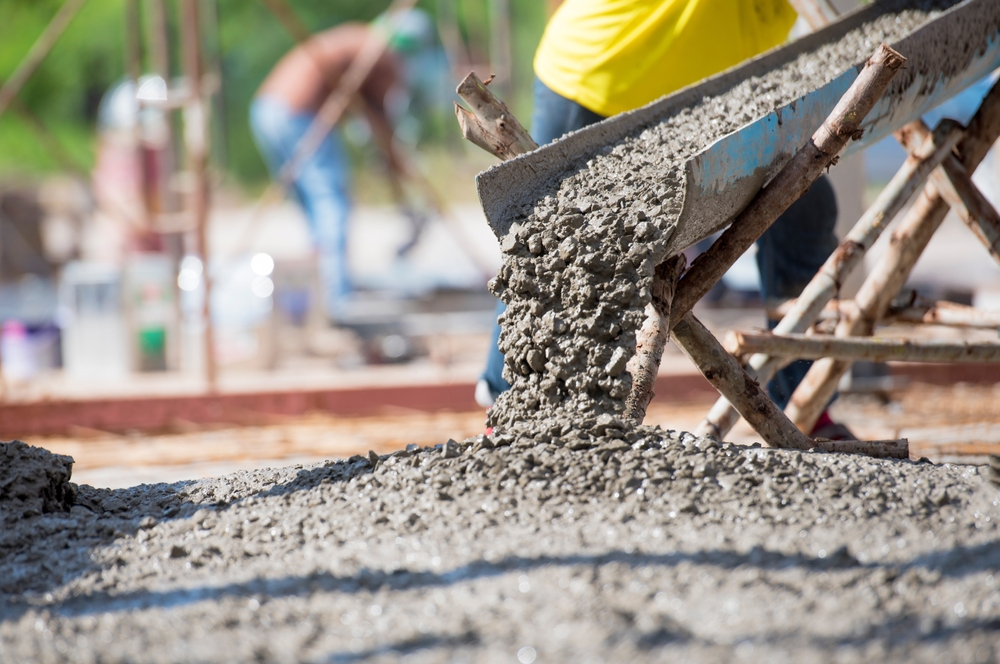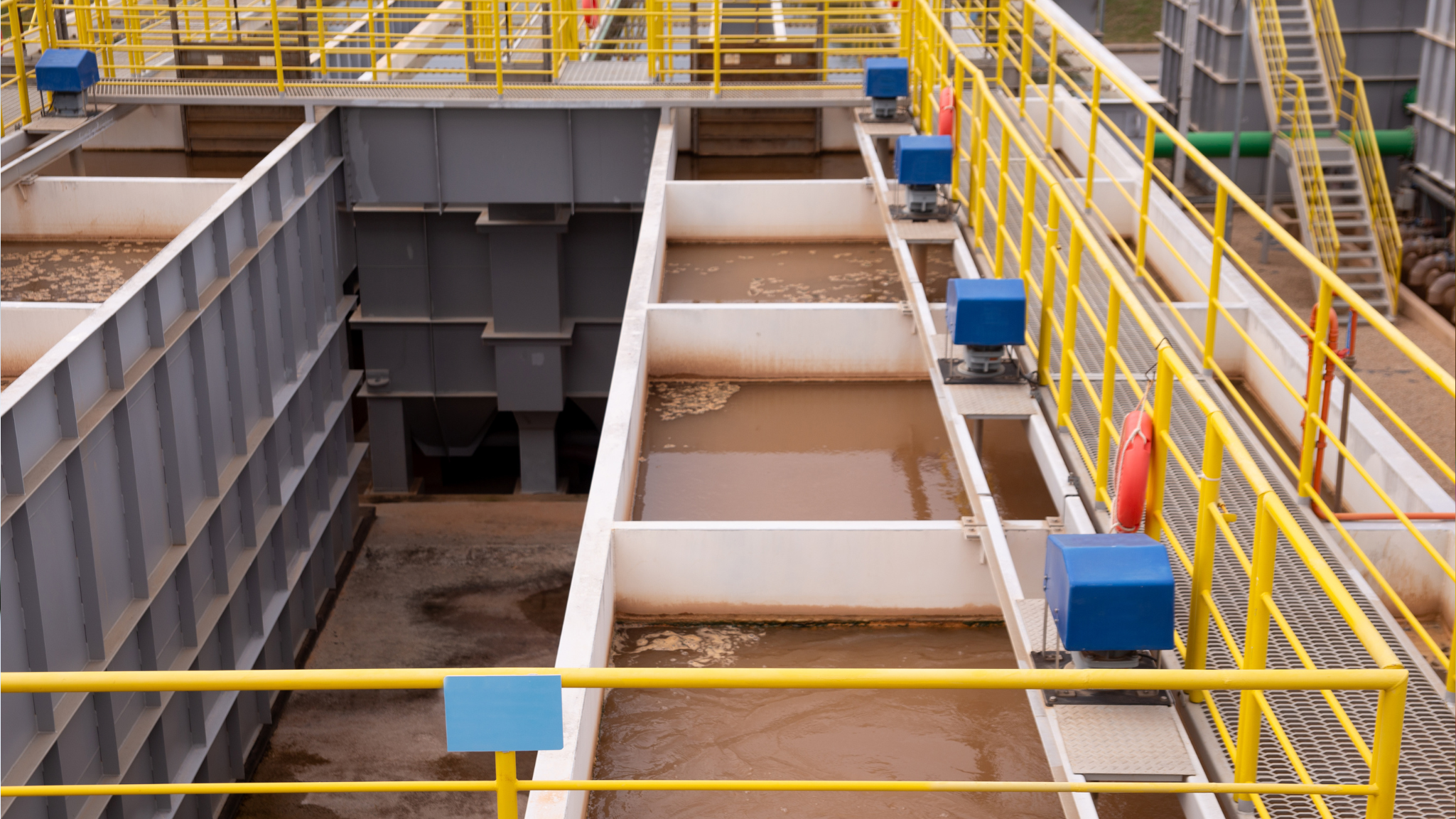Sodium Naphthalene Formaldehyde (SNF) is a most commonly used admixture as an effective water-reducing superplasticizer. SNF is a critical material used in making high-performance concrete by improved workability, strength, and durability and low construction cost. In the following, we are going to present the properties, applications, advantages, and environmental effects of SNF to realize its important contribution in contemporary construction technology.
What is Sodium Naphthalene Formaldehyde (SNF)?

Sodium Naphthalene Formaldehyde is a product of naphthalene sulfonation and formaldehyde condensation, which results in a synthetic polymer. It is typically applied as dark brown or brown powder and acts as an HRWR in concrete. SNF disperses the cement grains effectively and reduces the water in the concrete without workability. The behavior is of highly usefulness in the manufacture of more durable and stronger concrete without sacrificing the convenience of placement and handling.
How SNF Operates in Concrete Admixtures
SNF operates under the aspect of cement particle agglomeration dispersion, which provides extra stability and mix consistency. Dispersion provides the benefit of:
- Reduced water-cement ratio, more compressive strength.
- Improved slump retention, providing workability for extended periods.
- Greater fluidity, best suited for high-volume or complex pours such as skyscrapers and complex formwork.
Apart from that, SNF does not have a negative impact on shrinkage and is non-corrosive. Therefore can be employed in reinforced concrete structures.
Key Applications of SNF in Concrete
1. High-Performance Concrete (HPC)
SNF makes HPC possible with reduced water content and enhanced strength and toughness. SNF is vital material for infrastructural works like roads, dams, and bridges.
2. Self-Compacting Concrete (SCC)
Self-compacting and high fluidity are offered by SNF in SCC. Self-compacting at its own weight without vibration is facilitated by SNF, allowing the concrete to produce smooth surface finishes.
3. Precast Concrete Production
Use of SNF in precast concrete enhances moldability, compressive strength, and environmental stress resistance for the production of complex structural members.
4. Mass Concrete Pours
SNF reduces heat of curing and thermal cracking risk in mass concrete construction like foundations and retaining walls.
5. Ready-Mix Concrete
SNF keeps concrete mixtures transportable, improving field placing efficiency without retardation and setting segregation.
Advantages of SNF in Concrete Construction

- Uses of SNF-based admixtures are characterized by the following advantages:
- Improved Workability: More mixing and placing reduced low manpower and energy requirements.
- Low Water Requirement: High strength and durability with water savings.
- Increased Compressive Strength: High bearing capacity for structural members.
- Improved Durability: Increased resistance to water, chlorides, and freeze-thaw.
- Cost Effectiveness: Waste reduction in mix designs saves costs and shortens project period.
Environmental and Sustainable Impacts
Though SNF is energy-intensive, its application is in the direction of sustainability. It enables waste industrial residues like fly ash and ground slag to be recycled in cement. It conserves the consumption of natural resources and enables green building by ensuring the minimal emission of CO₂ in addition to recycling.
Conclusion
Sodium Naphthalene Formaldehyde (SNF) is not just an admixture chemical, but a foundation for more powerful technology. Because it can enhance tensile strength and workability and provide environmentally friendly solutions, SNF becomes the door to making current construction requirements feasible. With flexibility in accommodation, cost savings, and environmental advantage, SNF is an ingredient that no building expert can overlook and get involved with maximizing concrete performance.



